How Wearable Tech is Enabling Remote Healthcare
6 November 2024
Wearable technology isn't just about counting your steps or tracking your heart rate anymore. It has evolved into something much more significant, something that's revolutionizing the way we approach healthcare. We’re now in a world where a small device on your wrist could potentially save your life or at least keep you healthier. And the best part? You don’t even need to leave your home. Welcome to the era of remote healthcare powered by wearable tech!
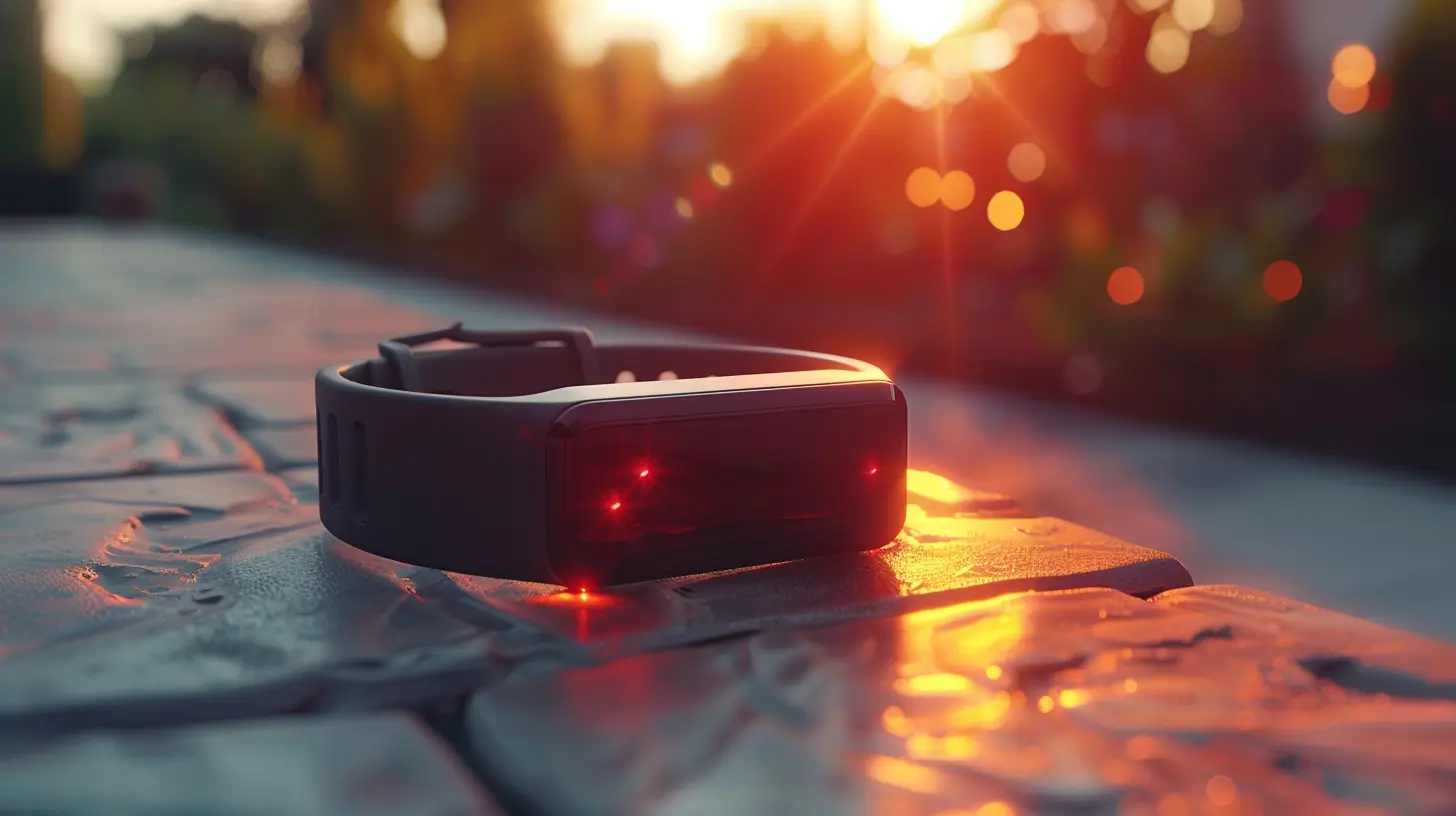
What Exactly Is Wearable Tech?
Before we dive into the nitty-gritty of how wearables are changing healthcare, let’s get clear on what wearable tech actually is. You’ve probably heard of (or own) a Fitbit or an Apple Watch, but wearable technology goes beyond just fitness trackers. It refers to any electronic device that can be worn on the body to track or monitor various health metrics.From smartwatches to smart clothing, wearable tech is all about integrating technology into everyday life to help us live better, healthier, and more informed lives. These devices can monitor everything from your heart rate to your sleep patterns and even detect irregularities like arrhythmias or sleep apnea. And that’s just the beginning.
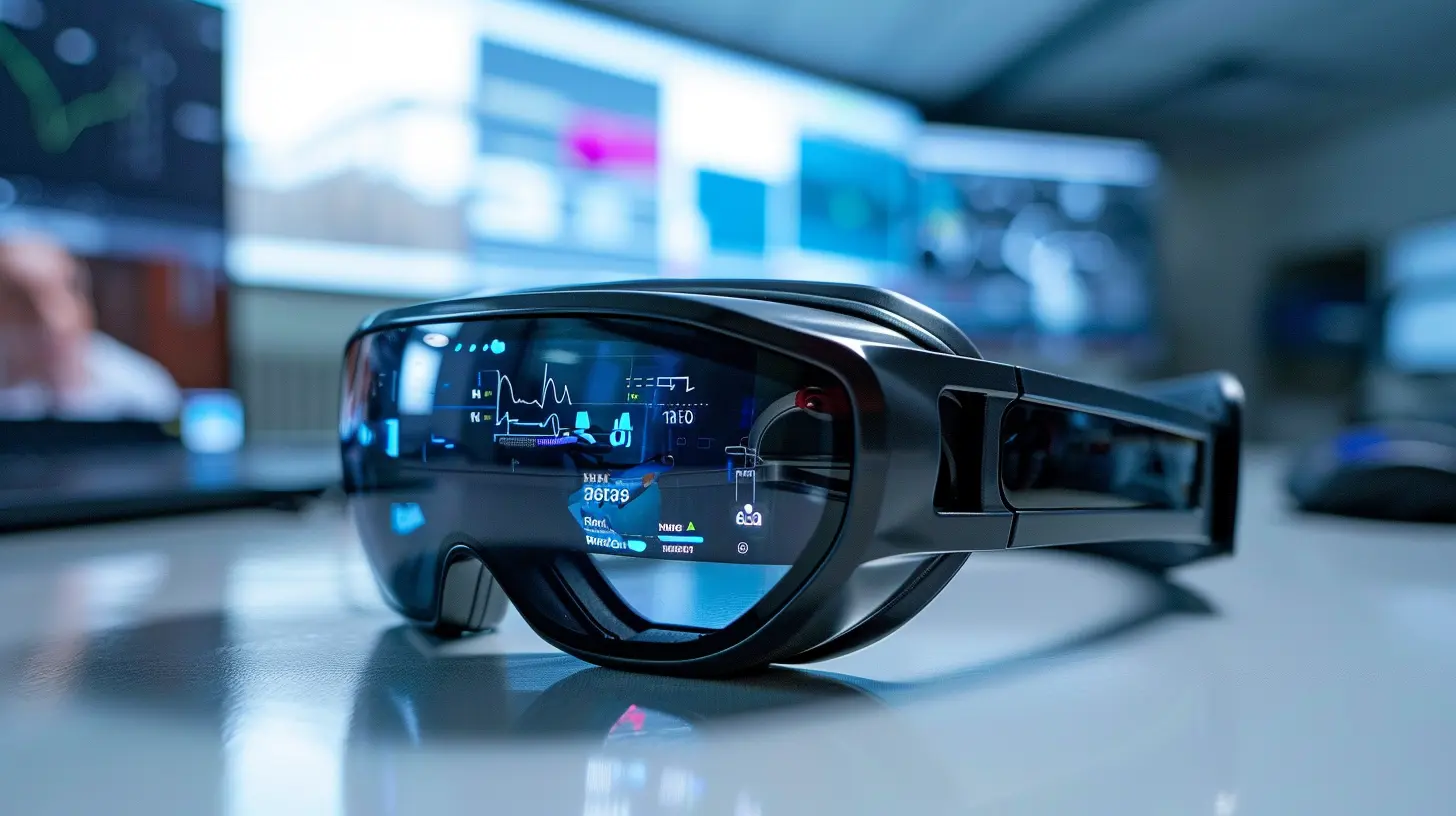
Remote Healthcare: The New Normal
If the pandemic taught us anything, it's that remote healthcare – also known as telehealth – isn’t just a convenience, it's a necessity. Hospitals and clinics were overrun, and people feared going to the doctor’s office unless it was absolutely essential. This is where wearable tech swooped in like a superhero with a futuristic cape.Remote healthcare means you don’t always need to be physically present to see a doctor or get medical advice. Wearable devices allow doctors to monitor patients in real-time, from anywhere in the world. It’s like having a healthcare professional in your pocket (or on your wrist). This has made healthcare more accessible, especially for those living in rural areas or for individuals who face mobility challenges.
How Wearables Are Revolutionizing Remote Healthcare
Let’s break it down—how are wearable devices actually changing the game when it comes to healthcare?1. Continuous Health Monitoring
Gone are the days of going to the doctor just once a year for a check-up. Wearable devices can monitor your health 24/7. Whether it's keeping tabs on your heart rate, blood pressure, glucose levels, or even your oxygen saturation, these devices provide continuous data that can be shared with your healthcare provider in real-time.Imagine this: You’re wearing your smartwatch, and it notices your heart rate is becoming irregular. Instead of waiting until your next appointment, the device can alert both you and your doctor instantly. This allows for early diagnosis and intervention, potentially preventing more serious health issues down the line.
2. Remote Patient Monitoring (RPM)
Remote patient monitoring (RPM) takes the idea of continuous health monitoring to the next level. It involves using wearables to track a patient’s vitals from their home, allowing doctors to monitor their condition without requiring frequent in-office visits.For example, patients with chronic conditions like diabetes, hypertension, or heart disease can wear devices that measure their vitals throughout the day. This data is then sent directly to their healthcare provider, who can analyze it and adjust treatments as needed. It’s like the doctor is always with you, but without the awkward small talk.
3. Early Detection and Prevention
Prevention is better than cure, right? Wearable tech is all about catching health problems before they become serious. Take smartwatches, for instance. Many come with features that can detect atrial fibrillation (AFib), a type of irregular heartbeat that can lead to stroke. By identifying these irregularities early, wearable tech can quite literally save lives.Some wearables are even equipped with fall detection technology, which is particularly useful for elderly patients. If someone wearing a device falls, the device can automatically send an alert to a caregiver or emergency services. It’s like having a personal safety net, no matter where you are.
4. Chronic Disease Management
Managing chronic diseases like diabetes or hypertension can feel like a full-time job. But wearable tech is here to make that job a little easier. Devices like continuous glucose monitors (CGMs) help people with diabetes keep track of their blood sugar levels in real-time, without the need for constant finger pricking.For those with hypertension, smart blood pressure monitors can track and send readings directly to doctors. Medications can be adjusted based on real-time data, reducing the need for frequent trips to the doctor’s office.
5. Mental Health Tracking
Physical health isn’t the only thing wearables can monitor. Mental health is just as important, yet often overlooked. Wearable devices can track things like sleep patterns, stress levels, and even your mood. Some advanced wearables use heart rate variability (HRV) to assess stress levels, while others measure the quality of your sleep to ensure you’re getting enough rest.In a world where mental health issues are becoming increasingly common, having a tool that can help you recognize when you’re stressed or anxious could be a game-changer. Think of it as having a mini-therapist on your wrist.
6. Telemedicine Integration
One of the most exciting developments in wearable tech is its integration with telemedicine platforms. Wearables can now sync with telehealth apps, allowing doctors to access real-time data during virtual consultations. This means that your doctor doesn’t just rely on what you tell them during a video call; they can see your health data in real-time, giving them a fuller picture of your overall health.For instance, if you’re having a virtual consultation for a heart condition, your doctor can access your heart rate data from your smartwatch. They can monitor trends and make more informed decisions, all without you needing to step foot in a clinic.
7. Empowering Patients
One of the most underrated benefits of wearable tech is the empowerment it gives patients. When you have access to your own health data, you can make more informed decisions about your lifestyle and treatment options. You’re no longer a passive participant in your own healthcare.Whether it’s deciding to exercise more because your wearable shows that you’re not hitting your daily step count, or adjusting your diet because your glucose monitor suggests high sugar levels, these devices put the power back in your hands. It’s like having a health coach that’s with you 24/7.
8. Cost-Efficiency in Healthcare
Let’s be honest, healthcare can be expensive. Regular doctor visits, tests, and treatments can add up quickly. But wearable tech has the potential to reduce healthcare costs by minimizing the need for frequent in-person visits and hospital stays.By providing doctors with real-time data, wearables allow for more accurate diagnoses and timely interventions. This can lead to fewer complications, reduced hospital readmissions, and ultimately, lower healthcare costs. Plus, with early detection, many potential health issues can be addressed before they become serious (and expensive).
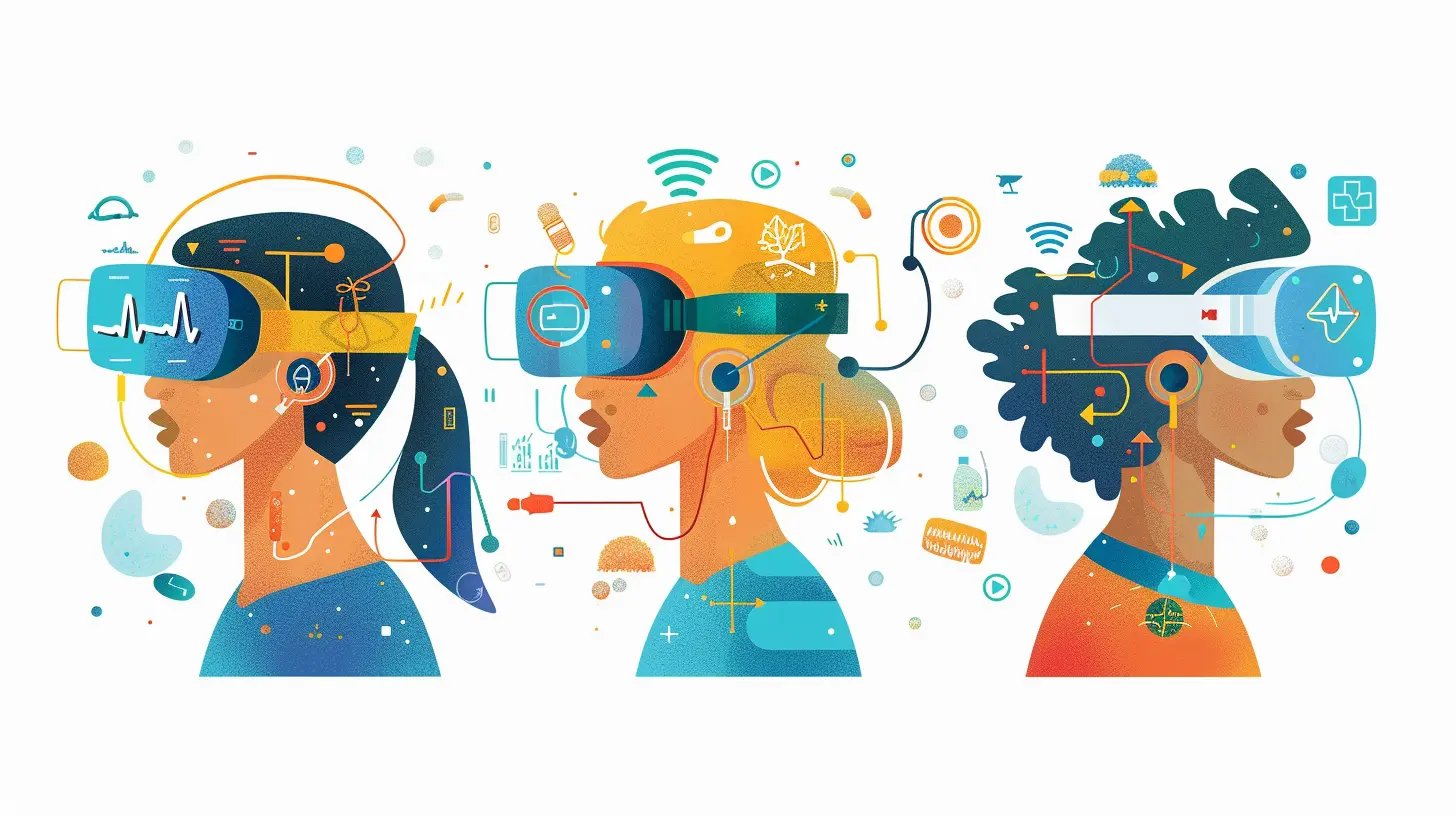
What Does the Future Hold?
The future of wearable tech in healthcare looks incredibly promising. As technology continues to advance, we can expect wearables to become even more sophisticated and capable of monitoring a wider range of health metrics. Imagine a world where your wearable can detect cancer cells, monitor brain activity, or even predict a heart attack before it happens.We’re already seeing the development of smart clothing that can monitor vitals and transmit data seamlessly. Some researchers are even working on developing implantable devices that can monitor your health from the inside out. The possibilities are nearly endless.
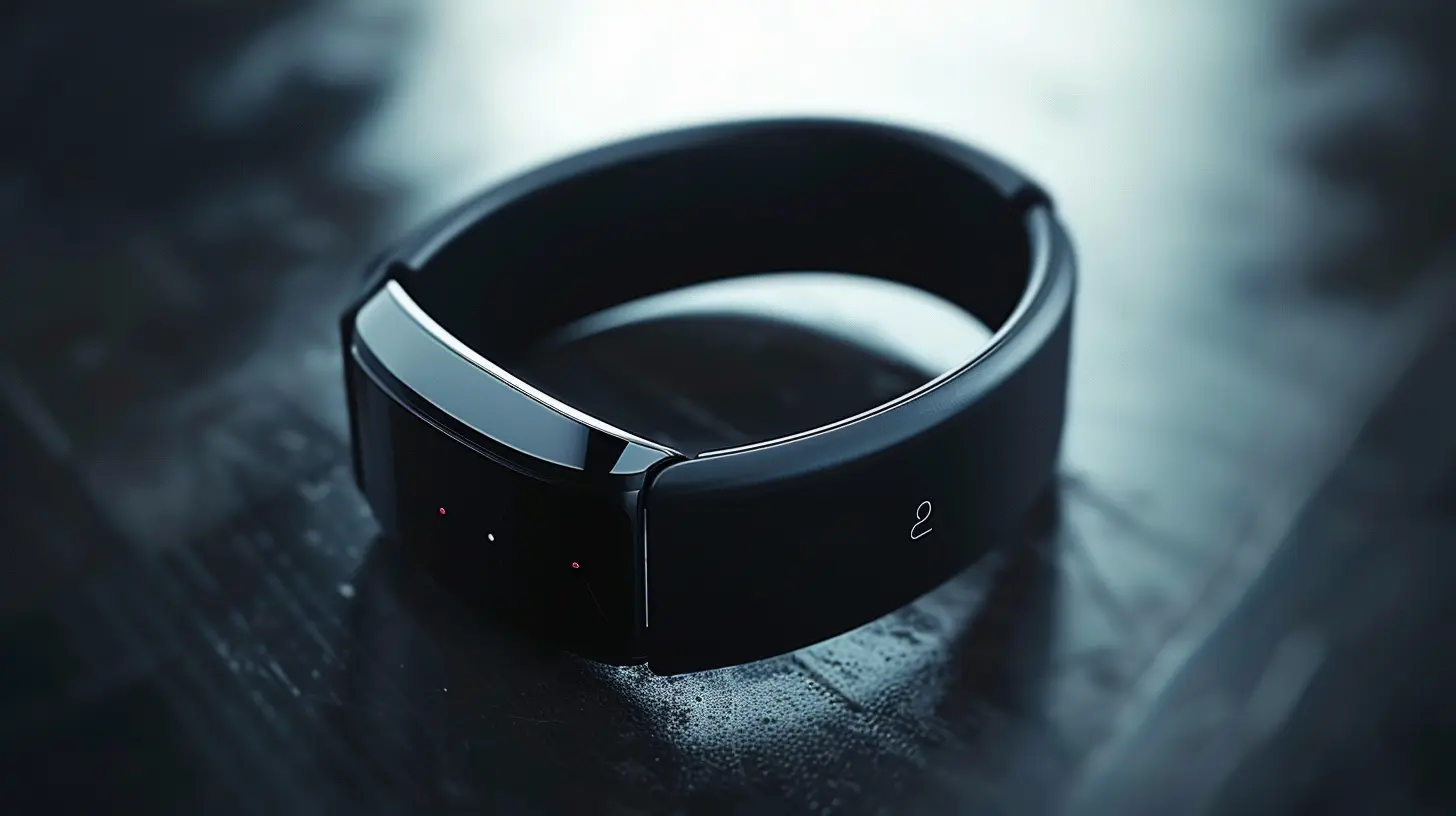
Conclusion
Wearable tech is no longer just a fancy gadget for fitness buffs or tech enthusiasts. It’s becoming a vital tool in the world of healthcare, enabling remote monitoring, early detection, and personalized treatment plans. From managing chronic diseases to improving mental health, these devices are transforming the way we approach healthcare, making it more accessible, efficient, and patient-centered.So, the next time you strap on your smartwatch or slip on that fitness tracker, remember—you’re not just counting your steps. You’re stepping into the future of healthcare.
all images in this post were generated using AI tools
Category:
Wearable DevicesAuthor:

Michael Robinson
Discussion
rate this article
22 comments
Heidi McElroy
Wearable tech is revolutionizing remote healthcare by empowering patients with real-time health monitoring and data sharing. While it enhances accessibility and promotes proactive care, we must also address privacy concerns and ensure robust data security to build trust in this transformative approach to healthcare.
February 17, 2025 at 9:57 PM

Michael Robinson
Thank you for your insightful comment! You're absolutely right—while wearable tech enhances patient empowerment and proactive care, prioritizing data security and privacy is essential to ensure trust in this innovative healthcare model.
Siena McHugh
Empowering health beyond boundaries.
February 4, 2025 at 7:15 PM

Michael Robinson
Thank you! Wearable tech truly breaks barriers, making health management accessible anytime, anywhere.
Starling Benson
Wearable technology revolutionizes remote healthcare by enhancing patient monitoring and data collection. Continuous health insights facilitate timely interventions, while fostering patient engagement. This shift not only improves outcomes but also empowers healthcare professionals with actionable information for personalized treatment strategies.
January 29, 2025 at 8:06 PM

Michael Robinson
Thank you for your insightful comment! I wholeheartedly agree that wearable technology is transforming remote healthcare by improving monitoring and enabling personalized care.
Blair Bass
Empowering health from afar—wearable tech is revolutionizing care!
January 26, 2025 at 4:03 AM

Michael Robinson
Absolutely! Wearable tech is transforming healthcare by providing real-time monitoring and data, enhancing patient care and accessibility like never before.
Allison McEvoy
This article highlights the transformative potential of wearable tech in remote healthcare, showcasing its ability to enhance patient monitoring, promote proactive health management, and bridge gaps in accessibility, ultimately revolutionizing the way we deliver and receive care.
January 21, 2025 at 9:34 PM

Michael Robinson
Thank you for your insightful comment! I'm glad you found the article highlights the significant impact of wearable tech in remote healthcare.
Ronan Hubbard
This article highlights the transformative role of wearable technology in remote healthcare, enhancing patient monitoring and data collection. It's exciting to see how these innovations improve accessibility and efficiency in medical care delivery.
January 19, 2025 at 3:48 AM

Michael Robinson
Thank you for your insightful comment! I'm glad you found the article highlights on the impact of wearable technology in remote healthcare exciting. It's a game-changer for patient care!
Ariadne McAleer
Oh great, now my smartwatch can monitor my heart rate while I’m binge-watching reality TV. Because nothing says “healthy lifestyle” like getting health tips from a device that also tracks how many snacks I consume during each episode. Cheers to progress!
January 16, 2025 at 5:36 AM

Michael Robinson
While it's true that wearables can track both health and habits, they empower users to make informed choices, bridging convenience with wellness—snacks and all!
Summer McKinney
Empowering care, distance fades; technology's embrace heals hearts.
January 8, 2025 at 11:29 AM

Michael Robinson
Thank you! Indeed, wearable tech is transforming healthcare by bridging distances and fostering deeper connections.
Fable Soto
Wearable tech revolutionizes remote healthcare by providing real-time health monitoring, enabling proactive interventions, and enhancing patient-provider communication for improved health outcomes.
January 1, 2025 at 9:12 PM

Michael Robinson
Thank you for highlighting the transformative role of wearable tech in remote healthcare! It's indeed pivotal for real-time monitoring and enhanced communication.
Lyla McManus
Wearable tech is revolutionizing remote healthcare by providing real-time data that enhances patient monitoring and engagement. While challenges like data privacy remain, the benefits of improved access and personalized care make it a promising development in modern healthcare delivery.
December 27, 2024 at 9:37 PM

Michael Robinson
Thank you for your insights! I agree that while wearable tech offers significant advantages in remote healthcare, addressing data privacy concerns is crucial for its continued success and broader adoption.
Ariana McHugh
Oh, fabulous! Because who wouldn’t want their smartwatch judging their every move while they binge-watch another season of a show? Nothing screams “healthcare revolution” like a device reminding you to stand up after your fourth donut. Cheers to progress!
December 14, 2024 at 9:15 PM

Michael Robinson
I get your point! While it can feel intrusive, wearable tech aims to promote healthier habits and enhance wellbeing. It’s all about balance!
Loretta Rodriguez
Wearable tech is revolutionizing healthcare by allowing continuous monitoring of vital signs, which enhances remote patient management. With real-time data, doctors can make informed decisions faster, improving outcomes. However, privacy concerns and the need for user-friendly devices remain crucial challenges that must be addressed for widespread adoption.
December 7, 2024 at 4:43 AM

Michael Robinson
Thank you for your insightful comment! You're absolutely right—while wearable tech is transforming healthcare through continuous monitoring and improved decision-making, addressing privacy concerns and ensuring user-friendly designs are essential for its broader acceptance.
Thornewood Gonzalez
Wearable tech transcends traditional healthcare, bridging distance and fostering real-time connections, ultimately redefining patient care and empowering proactive health management.
December 2, 2024 at 12:27 PM

Michael Robinson
Thank you for your insightful comment! I completely agree—wearable tech is truly transforming healthcare by enhancing connectivity and encouraging proactive health management.
Bailey Maddox
From heart rates to health stats, wearable tech is not just a trend—it's a lifeline, revolutionizing how we access healthcare remotely.
November 30, 2024 at 4:55 AM

Michael Robinson
Absolutely! Wearable tech is transforming healthcare by providing real-time data that empowers individuals to manage their health remotely.
Max Navarro
Great insights! Wearable tech is truly revolutionizing remote healthcare, enhancing patient monitoring and improving overall health outcomes. Thank you!
November 28, 2024 at 11:34 AM

Michael Robinson
Thank you for your thoughts! I'm glad you found the insights valuable. Wearable tech is indeed a game changer for remote healthcare.
Winona Sheppard
This article provides valuable insights into the transformative role of wearable technology in remote healthcare. It effectively highlights how these innovations enhance patient monitoring and improve access to care. As the demand for telehealth solutions continues to grow, it's exciting to see how wearable devices can bridge the gap between patients and healthcare professionals, ultimately leading to better health outcomes. Great read!
November 12, 2024 at 12:03 PM

Michael Robinson
Thank you for your thoughtful comment! I'm glad you found the article insightful and appreciated the potential of wearable technology in enhancing remote healthcare.
Lisa McCullough
Imagine a world where your health whispers secrets to the cloud, revealing truths only wearable tech can decipher. Are we ready for this silent revolution?
November 11, 2024 at 10:13 AM

Michael Robinson
Indeed, this silent revolution has the potential to transform healthcare by empowering individuals with real-time insights and personalized care, but we must also carefully consider privacy and data security.
Imani McSweeney
Wearable technology is revolutionizing remote healthcare by providing real-time data that empowers patients and healthcare providers alike. This not only enhances patient engagement but also enables proactive interventions, leading to better health outcomes. As data privacy concerns and technology integration continue to evolve, the challenge will be ensuring that these innovations remain accessible and equitable for all.
November 10, 2024 at 11:13 AM

Michael Robinson
Thank you for your insightful comment! You're absolutely right—wearable technology is transforming remote healthcare by fostering real-time engagement and proactive care. Addressing data privacy and ensuring equitable access will be crucial as we advance.
Oberon McKittrick
This article beautifully highlights the transformative power of wearable tech. It’s inspiring to see how these innovations are making healthcare more accessible and personalized for everyone. Thank you!
November 9, 2024 at 12:06 PM

Michael Robinson
Thank you for your kind words! I'm glad you found the article inspiring and that it resonated with the impact of wearable tech on healthcare accessibility.
Kenzie Marks
Wearable technology is revolutionizing remote healthcare by providing real-time monitoring, enabling timely interventions, and enhancing patient engagement, ultimately fostering a proactive approach to health management and improving outcomes.
November 8, 2024 at 10:07 AM

Michael Robinson
Thank you for your insightful comment! I completely agree that wearable technology is transforming remote healthcare by enhancing monitoring and patient engagement, leading to better health outcomes.
Zealot Kirkland
Wearable tech's potential in remote healthcare is immense, but privacy and data security remain critical concerns.
November 6, 2024 at 8:34 PM

Michael Robinson
Absolutely, privacy and data security are paramount as we leverage wearable tech in remote healthcare. Addressing these concerns will be crucial to ensuring patient trust and the technology's long-term success.
Hudson Sharpe
Fantastic article! It's inspiring to see how wearable tech is transforming remote healthcare, making it more accessible and efficient for everyone!
November 6, 2024 at 8:01 PM

Michael Robinson
Thank you for your kind words! I'm glad you found the article inspiring—wearable tech truly is revolutionizing the way we access healthcare.
MORE POSTS

How to Use Depth of Field to Your Advantage in Digital Photography

How Smart Cities Are Integrating Green Technology

How Drones Are Improving Wind Turbine Maintenance

Can Blockchain Save the Music Industry from Piracy?

DDoS Attacks: What They Are and How to Defend Against Them

True Wireless Earbuds for Audiophiles: A Comprehensive Review
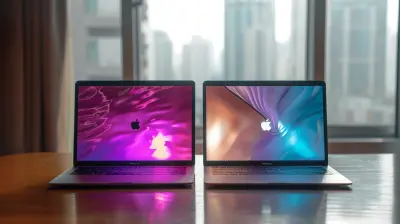
Light as Air: The Best Lightweight Laptops for Creators

How Blockchain is Transforming Healthcare Data Management

Battery Storage: The Key to Renewable Energy Efficiency

Esports Arenas: How Tech is Enhancing the Live Experience

The Secret to Faster Content Production: Automation Tools

Phishing Scams You Need to Avoid: A Comprehensive Guide

How Tech Startups Are Disrupting Traditional Industries